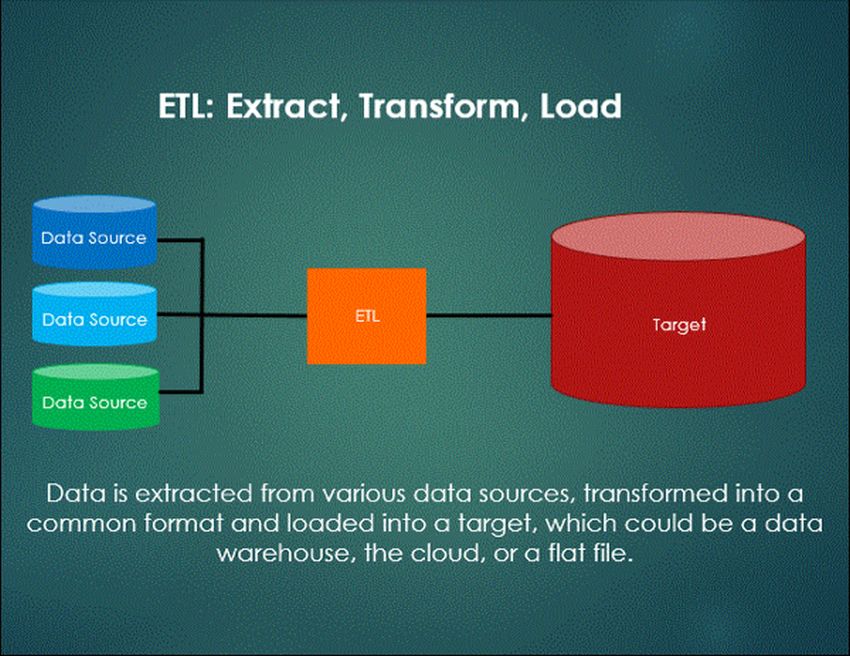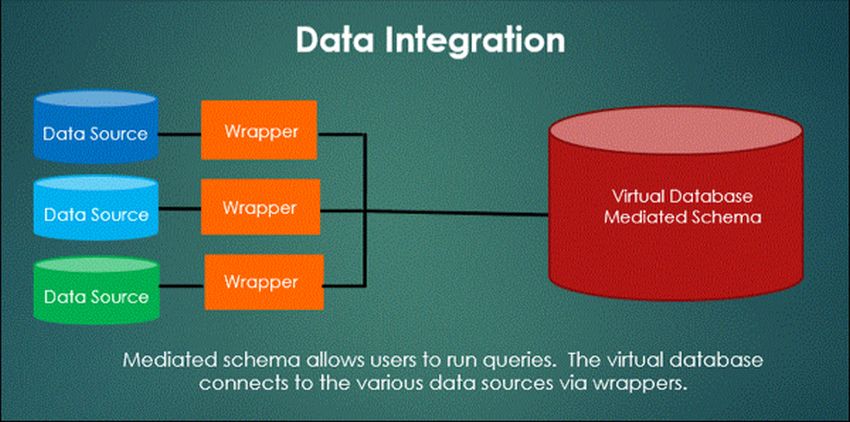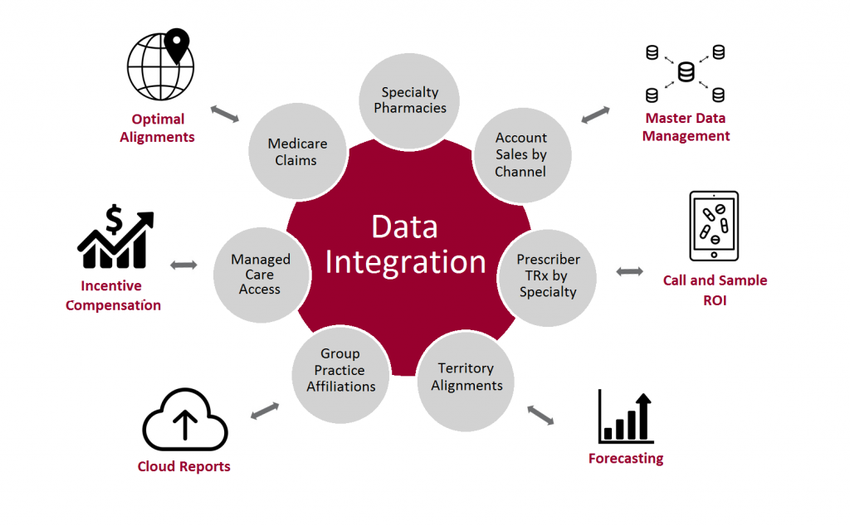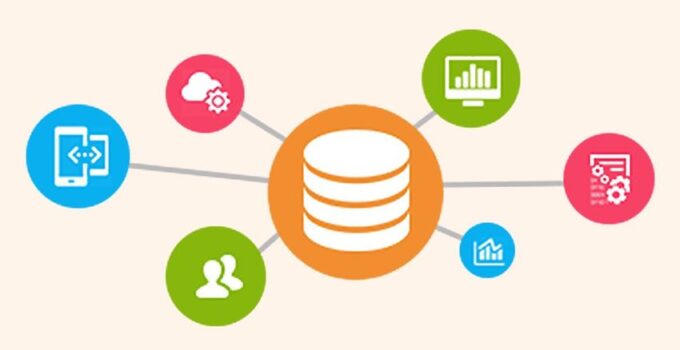Data integration doesn’t sound like it’d be a big, business-changing thing. Isn’t it just something the techies do to make their lives a bit easier? Maybe you’ll get onto it next month…
You might be thinking that way, but data integration has the potential to make a huge difference to your business, now and into the future. If you haven’t yet made the leap, you probably don’t realise what you’re missing. These are five signs that it’s time to integrate. And if you need some support to make it happen, Rapidi can help.

source:datamation.com
Page Contents
1. Your staff doesn’t seem to have time to get everything donе
Lack of data integration means higher workloads for people across your business. Without integration, workloads creep up, sometimes without you even realising it. Your staff will need to spend time manually copying data between systems. They’ll probably need to ask others for help to answer customer queries if the information they need isn’t on the system they use day to day. If mistakes are made as a result of manual data copying, they’ll spend time dealing with those.
All these things can add up to significant amounts of lost time. You can get that time back with integration.

source:informationweek.com
2. There are disagreements between some of your key people
Lack of access to common data means that different teams have differing perspectives on your business and what’s important. They might find it hard to understand others’ priorities or appreciate their difficulties. If one team is regularly relying on members of another to provide them with critical data, resentment can creep in.
Data integration means that everyone has access to the same information, promoting harmony.

source:informationweek.com
3. Your training budget is getting used up quickly
The only way to avoid tedious and error-prone manual copying of data is to train everyone to use two (or more) systems. This means that, for example, sales staff need to be trained to use your ERP, even though it’s not something they need to use very often. That means a lot of unnecessary, expensive training, and is a pretty inefficient way of working. People tend not to remember things they’ve learned but then don’t use regularly.
Data integration means you can keep your training budget focussed.
4. You’re dealing with complaints more often than you’d like
Sharing data manually, whether through copying it other systems or spreadsheets, or verbally between team members, leads to mistakes. It’s easy for names to get confused, for example. This could lead to one customer being mistaken for another, which could have considerable consequences. Even small mistakes, such as a house number being wrong in an address, can have huge consequences and lead to serious complaints.
Data integration means you don’t need to worry about errors, as integrated systems update in real-time.

source:informationweek.com
5. You’re struggling to make predictions for the future
Business forecasting relies on data. If you can’t see easily where you are now, with all the crucial figures in one place, it’s difficult to work out where you’re going. With data integration, you can see all the numbers you need with minimal effort and use them to make real progress in your business.

source:tibco.com





